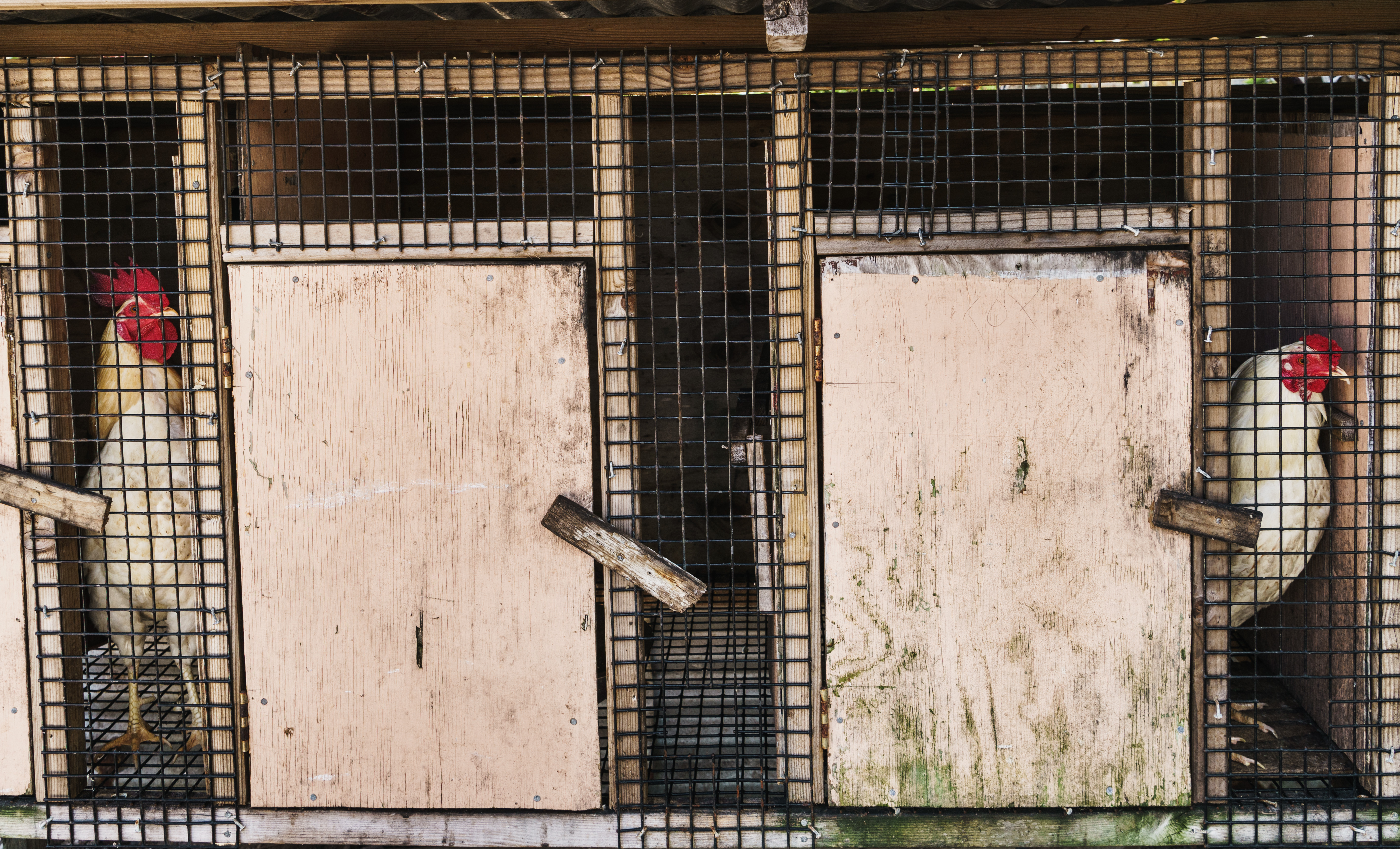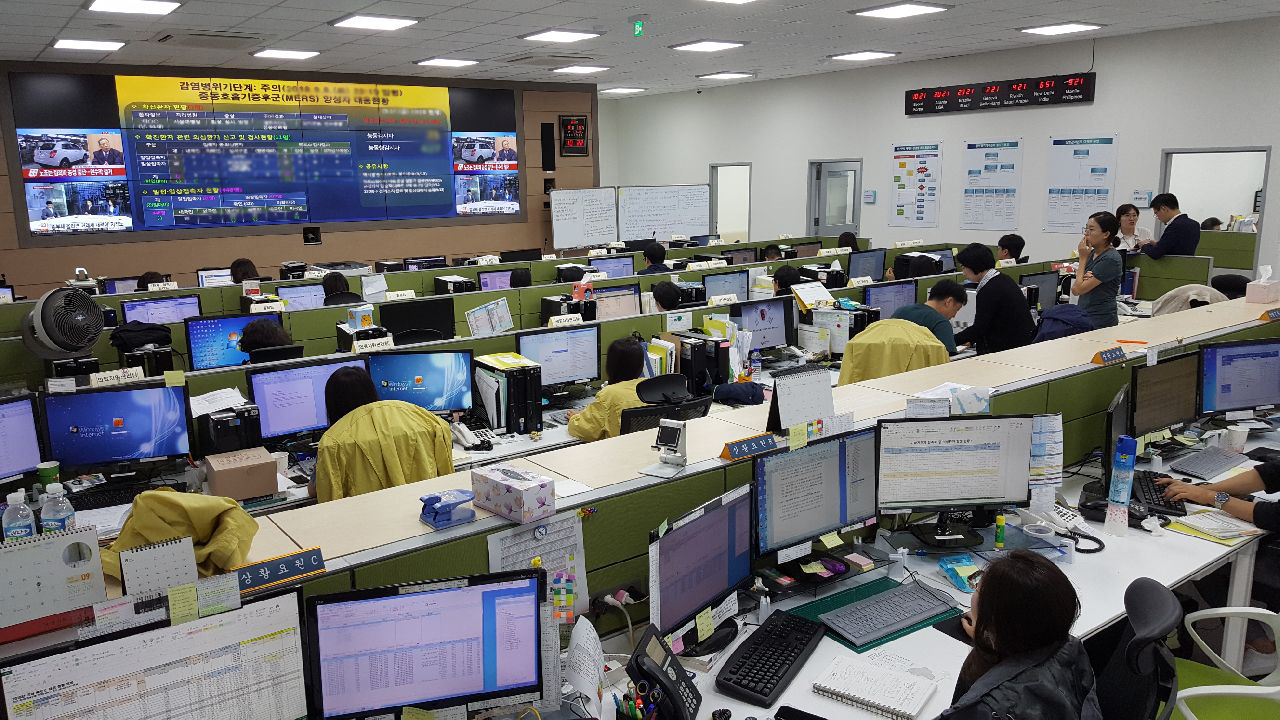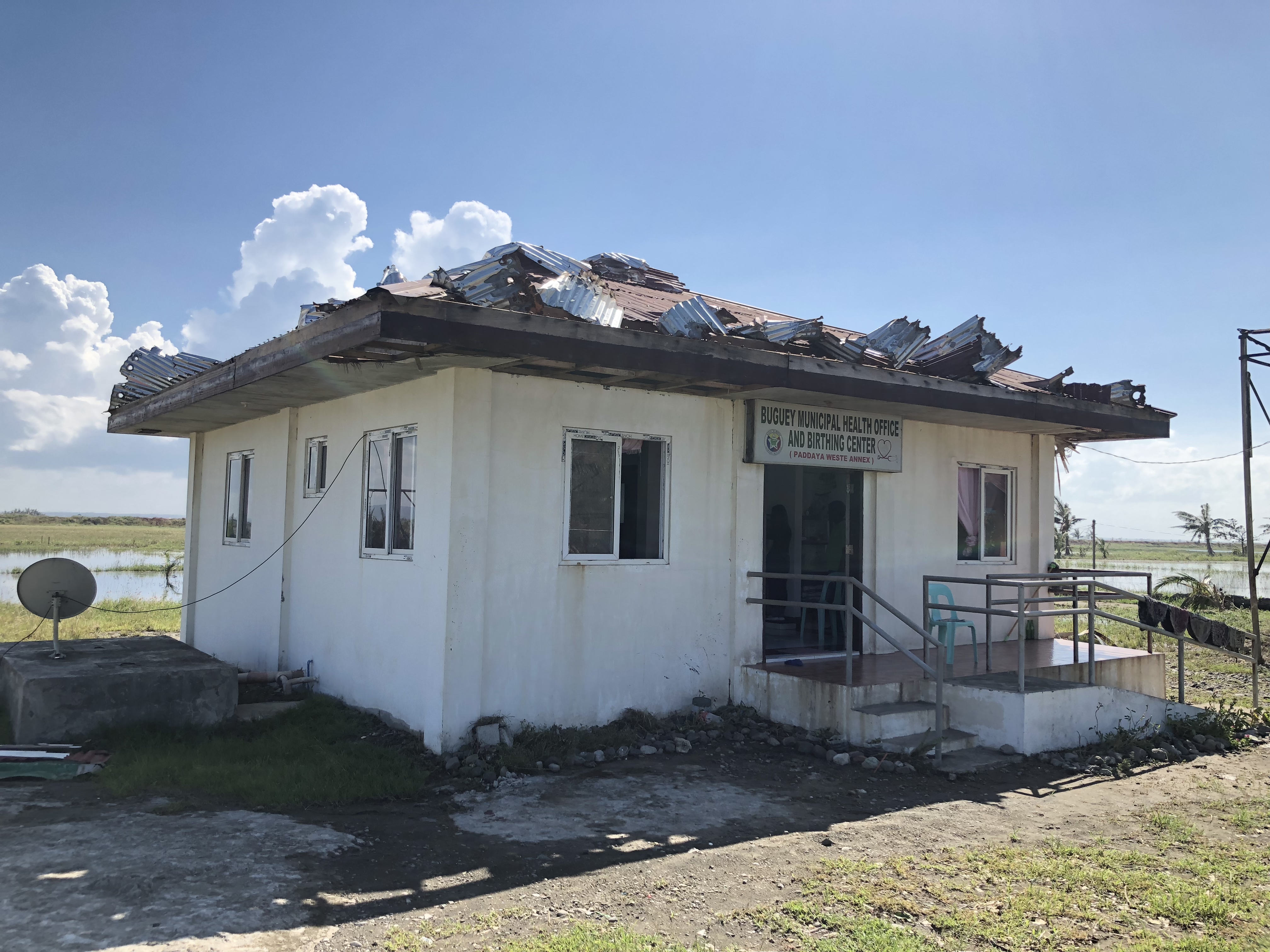The World Health Organization (WHO) Western Pacific Region is not only home to nine of the 15 countries in the world most vulnerable to disasters, it is also a hotspot for outbreaks and emerging infectious diseases. When crises strike, the WHO Health Emergencies Programme is ready to respond, working alongside countries to protect health and save lives.
In 2018, the WHO Health Emergencies Programme’s surveillance team detected and reviewed 2000 signals of potential emergency health threats in the Western Pacific Region. Seventy-one turned out to be significant public health events, with WHO called upon to support the response to 50%.
Here are eight of the outbreaks, emergencies and emerging infectious diseases WHO responded to in the Western Pacific Region in 2018:
.jpg?sfvrsn=f10170e6_2)
1. Conflict in Marawi, Philippines
While the conflict in Marawi, Philippines, peaked in 2017, WHO’s response continued into 2018. More than 350 000 people had been displaced due to insecurity and, with suboptimal access to water, sanitation and hygiene and low immunization coverage, there was concern about potential outbreaks.
With funding support from the United Nations Central Emergency Response Fund (CERF), WHO worked closely with local and national health authorities to expand access to essential health services for displaced and host communities, and to strengthen disease surveillance and outbreak control. WHO-supported mobile health services travelled to more than 200 barangays (districts), delivering health care to more than 17 000 patients. Six health facilities were repaired and provided with safe water supplies, and nearly 250 health workers were trained on disease surveillance and health emergency response.
More: Responding to remaining health needs after the Marawi conflict

2. Human infections with avian influenza in China
Sporadic human cases of avian influenza continued to be reported in China in 2018. Last year witnessed the first ever human case caused by the H7N4 influenza subtype and additional cases of H7N9, H9N2, H5N6 and H5N1.
The majority of these human cases of avian influenza were in poultry farmers or other people with direct contact with infected poultry (such as chickens or ducks). In 2018, none of these viruses appeared to spread easily from person to person. However, with ongoing circulation of different types of influenza viruses in poultry and wild fowl, there is potential for the virus to mutate and become more contagious between animals and humans or between humans in the future. WHO works with the Chinese Center for Disease Control and Prevention and others to continuously monitor the occurrence of human cases of avian influenza. WHO also works with Member States across the Region to strengthen surveillance, laboratory networks and influenza preparedness.
More: Avian influenza surveillance in the Western Pacific Region

3. Tropical Cyclone Gita in Tonga
In February 2018, Tropical Cyclone Gita, a Category 4 storm with gusts exceeding 275 kilometres per hour, ravaged the Pacific. As the country most impacted by the cyclone, Tonga was the focus of WHO support. An estimated 80 000 people – 80% of the Tongan population – were affected by the storm.
WHO’s response began before the storm arrived, notifying international emergency medical teams and coordinating with UNICEF and other partners on preparedness measures. WHO developed a risk communication plan in partnership with Tonga’s Ministry of Health. WHO also coordinated with a local telecommunications provider to disseminate 240 000 text messages to affected communities on how they could protect their own health and the health of their loved ones. The Organization’s “Early Warning Alert and Response System (EWARS) in a Box” emergency surveillance system was deployed to the affected area, enabling local health workers to harness mobile technology for the early detection of epidemic prone diseases. Emergency supplies were delivered including dengue and rotavirus test kits, water purification tablets and water quality test kits and vector control supplies.

4. Earthquake in Papua New Guinea
On 26 February 2018, a 7.5 magnitude earthquake hit the highlands of Papua New Guinea . More than 540 000 people were affected and 20 health facilities closed due to damages.
Within 48 hours, WHO was assisting the country’s National Department of Health with the disaster response and had held the first Health Cluster meeting to coordinate the joint response of 25 partner agencies. Despite challenges with security and accessibility, the Organization mounted an effective response, thanks in part to financial support from CERF and the use of aircraft supplied by the Australian and New Zealand governments. Within the first two weeks, three public health emergency operations centres had been established in Port Moresby, Mendi and Tari. WHO supported local health authorities to reopen all of the damaged health facilities and to vaccinate more than 75 000 children. An emergency disease surveillance system was established and 105 health workers and community members trained on its use. More than 1000 community members were provided with psychological first aid to help them cope with stress, pain and loss following the distressing event.
More: 50 days on, WHO continues to serve communities affected by PNG quake

5. Polio in Papua New Guinea
On 21 June 2018, poliovirus was confirmed to be circulating once more in Papua New Guinea after 18 years of being polio-free. By the end of the year, 26 cases had been reported.
The outbreak response continues, with WHO working alongside other partners in the Global Polio Eradication Initiative to support the National Department of Health and provincial health authorities. Five mass immunization campaigns have taken place since July 2018. Emergency operations centres have been established at the national level and in all affected provinces; these centres will outlast the current outbreak to help the country respond to future outbreaks and emergencies. WHO has also supported the country to establish environmental surveillance in five sites in two cities.
More: Gafo’s story: PNG’s first case of polio in a generation
.jpg?sfvrsn=69f4936_2)
6. Flash flooding in the Lao People’s Democratic Republic
During the evening of 23 July 2018, torrential rain overwhelmed a dam in the south of the Lao People’s Democratic Republic. A tsunami-like wave inundated villages and wiped out houses, crops and roads. Continued rains and flooding left some areas accessible only by helicopter
From the first hours of the disaster, WHO worked hand in hand with the Lao Ministry of Health and partners to help residents. The Organization focused on supporting local health authorities to coordinate emergency health teams and partners, prevent disease outbreaks, provide mental health services and ensure access to water, sanitation and hygiene. WHO-trained health workers delivered psychological first aid to more than 600 people in just three weeks. The Organization also supported a cholera vaccination campaign and delivered supplies including stethoscopes, masks, blood pressure monitors, water purification tablets and chemicals for the removal of disease-carrying mosquitoes.
More: WHO “in it for the long haul” as flood-affected families in Attapeu, Lao PDR rebuild their lives

7. Middle East Respiratory Syndrome in the Republic of Korea
On 8 September 2018, the Republic of Korea reported its first imported case of Middle East Respiratory Syndrome (MERS) since an outbreak in 2015. The case was a Korean man who returned to the Republic of Korea on 7 September from a business trip to Kuwait.
When the patient reported his symptoms and travel history to a doctor upon arriving home, MERS was immediately suspected. Measures were put in place before the patient arrived at the hospital to minimize contact with others. The Government immediately notified WHO, which supported the country to conduct investigations and share information nationally and internationally. The national public health emergency operations centre kicked into action to coordinate the response so that further spread of the disease was prevented.

Typhoon Mangkhut in the Philippines
Typhoon Mangkhut (known locally as Ompong) made landfall in the north-eastern Philippines in the early hours of 15 September 2018. With sustained wind speeds of more than 205 km/h and gusts of 255 km/h, the typhoon was the strongest storm to hit the Philippines since Typhoon Haiyan (known locally as Yolanda) in 2013.
WHO supported the Philippine Department of Health to respond. The Organization prepared in advance of the typhoon’s arrival, activating the country-level and regional emergency teams on 14 September. By 16 September, the first WHO staff had been deployed to the affected area to join humanitarian teams in conducting a rapid assessment of the typhoon’s health impact. Technical guidance was provided to the Department of Health on disease surveillance, immunization and risk communication.
The Contingency Fund for Emergencies – enabling quick action to save lives |




